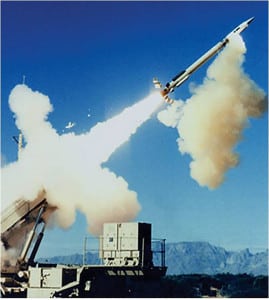
The Trump administration on Jan. 3 announced two nominations for senior weapon buyers in the Pentagon and Air Force, one of which would relinquish the top spot at the shadowy Strategic Capabilities Office (SCO).William Roper, the current and only director of the SCO, is tapped to become the Air Force chief weapon buyer. Founded in 2013, SCO was tasked with finding new ways to use existing weapons and cracking dire capability gaps with innovative approaches, most of which remain classified.The…

 By
By 









